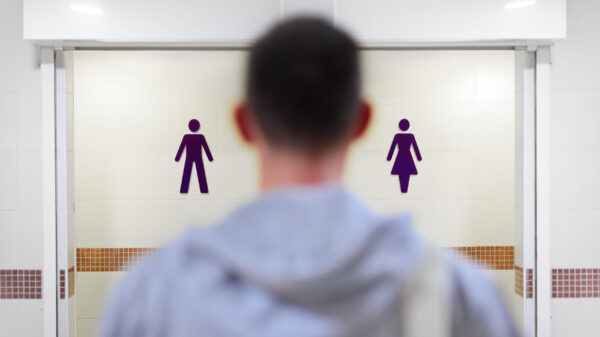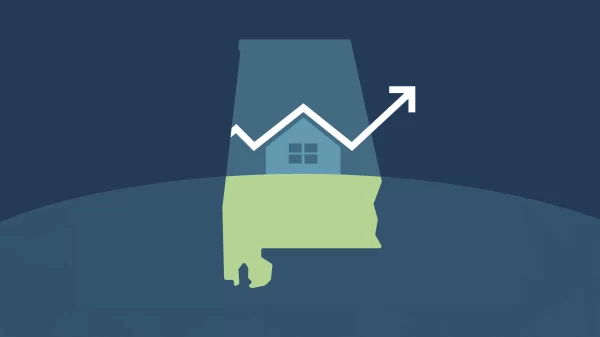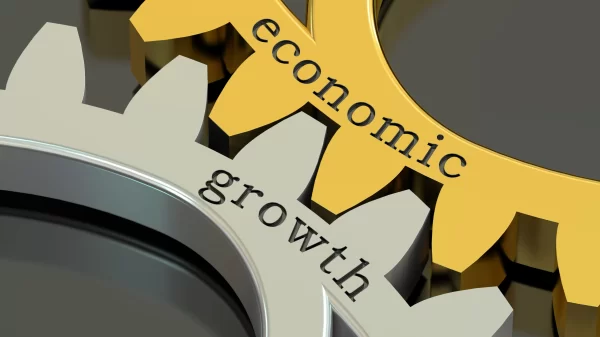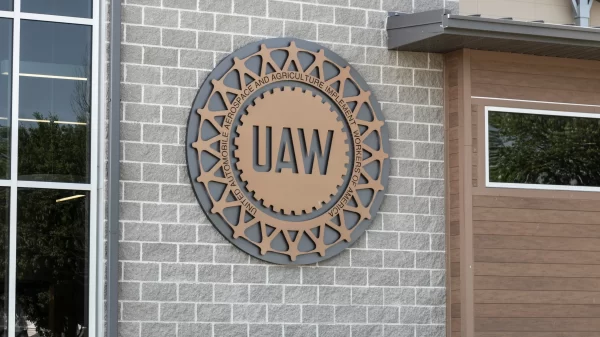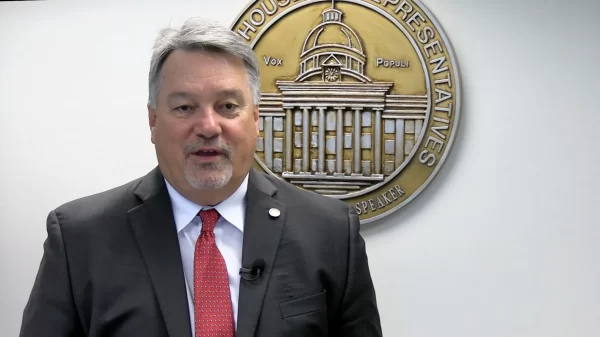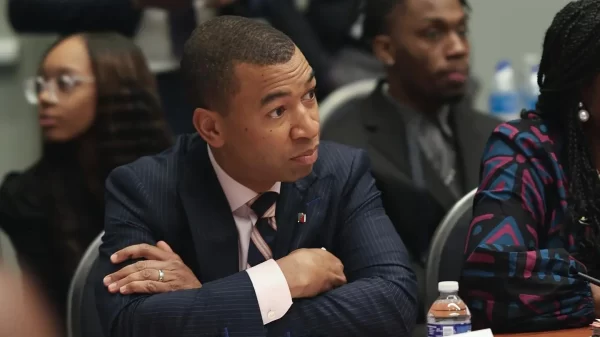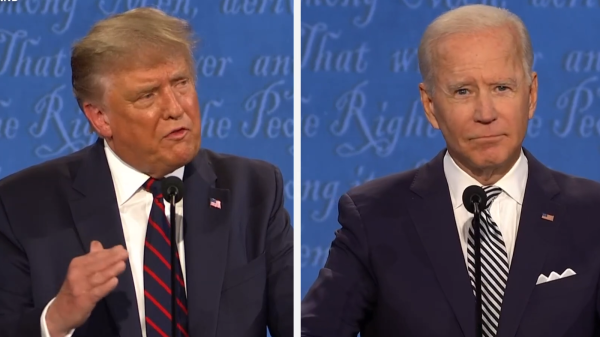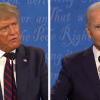By Brandon Moseley
Alabama Political Reporter
Alabama Gov. Kay Ivey announced Friday that Alabama’s preliminary seasonally adjusted November unemployment rate set a new record low of 3.5 percent, down from October’s previous record-setting rate of 3.6 percent, and well below November 2016’s rate of 6.2 percent.
November’s rate represents 75,807 unemployed persons, also a new record low, compared to 77,231 in October and 136,135 in November 2016. More people were counted as employed in November, with 2,087,667 people working, up from 2,079,720 in October, and 40,152 more than in November 2016, when 2,047,515 were counted as employed.
“It was just last month when we reached the extraordinary milestone of breaking all previous unemployment rate records, but now just a month later the trend continues and we have once again broken those records,” Ivey said. “This continued historic decline in our unemployment rate, coupled with the fact that Alabama’s businesses are employing more Alabamians than ever before, shows that we are truly moving forward and proving to everyone that Alabama is a great place to live and do business.”
“We have 30,500 more jobs now than we did last year,” Ivey said, “Over 40,000 more people are working, and the number of unemployed has dropped by over 60,000 from last year – the fewest number of people counted as unemployed in Alabama history! We will continue our work to ensure that any Alabamian who wants a job, can find one.”
Alabama Department of Labor Secretary Fitzgerald Washington said, “Our construction employment, currently measuring 91,500, is at one of its highest levels in more than eight years. Construction employment is an indicator of economic stability, and we have seen a steady increase in construction employment for most of this year. Additionally, our manufacturing employment is at its highest level in nearly nine years, nearing 2008 levels, which are pre-recessionary in Alabama.”
Over the year, wage and salary employment increased by 30,500, increasing to 2,029,800, the highest number ever recorded. The largest gains were in the construction sector (+6,600), the manufacturing sector (+5,600), and the leisure and hospitality sector (+5,200), among others.
Wage and salary employment increased in November by 6,700. Monthly gains were seen in the trade, transportation, and utilities sector (+6,200), the government sector (+1,800), and the manufacturing sector (+400), among others.
“All 67 counties experienced significant drops in their unemployment rates over the year,” Washington said. “Wilcox County, which traditionally has the highest unemployment rate in the state, has seen its rate drop by 5.7 percentage points since last year. 2017 marks the first time in a decade that all counties’ unemployment rates have been in the single digits.”
The counties with the lowest unemployment rates are: Shelby County at 2.6 percent, Marshall and Cullman Counties at 3.0 percent, and Madison, Lee, and Elmore Counties at 3.1 percent. The counties with the highest unemployment rates are: Wilcox County at 9.3 percent, Clarke County at 6.7 percent, and Lowndes County at 6.4 percent.
The major cities with the lowest unemployment rates are: Vestavia Hills at 2.4 percent, Homewood at 2.5 percent, and Alabaster and Hoover at 2.6 percent. The major cities with the highest unemployment rates are: Selma at 6.6 percent, Prichard at 6.5 percent, and Anniston and Bessemer at 4.9 percent.
The economic boom is not isolated to just Alabama.
Under President Donald J. Trump, nearly 1.7 million new jobs have been created. 159,000 of those jobs have been created in the manufacturing industry. 57,000 new jobs have been created in the mining and logging industries. The national unemployment rate has fallen to 4.1 percent, the lowest in nearly 17 years.
Alabama is among thirteen states that have reached record low unemployment rates.
The Gross Domestic Product (GDP) in the United States has grown by more than 3 percent in the last two quarters. The GDP growth rate was 3.3 percent in the third quarter of this year. The Conference Board Consumer Confidence Index reached a 17-year high in November. The National Association of Manufacturers’ Outlook Index had the highest annual average it has ever recorded and the Dow Jones Industrial Average has hit record highs 70 times in 2017—the most ever recorded in one year.
For the first time in its history, the Dow closed higher than 24,000 points.
Since President Trump was elected, more than $5 trillion in wealth has been added to the United States economy.
The president hopes that Friday’s signing of the Tax Cuts and Jobs Act of 2017 will spur even more economic growth in the new year.












